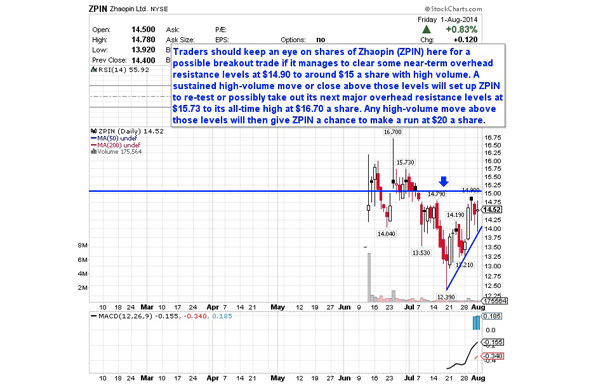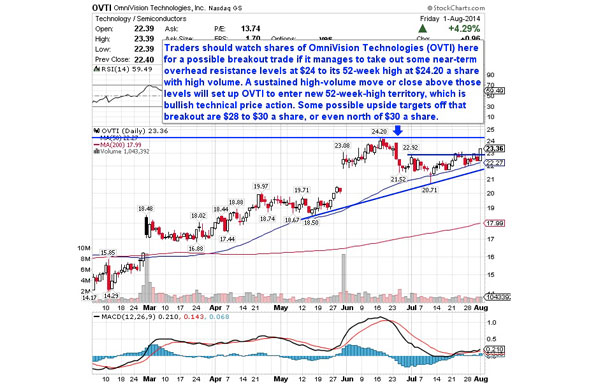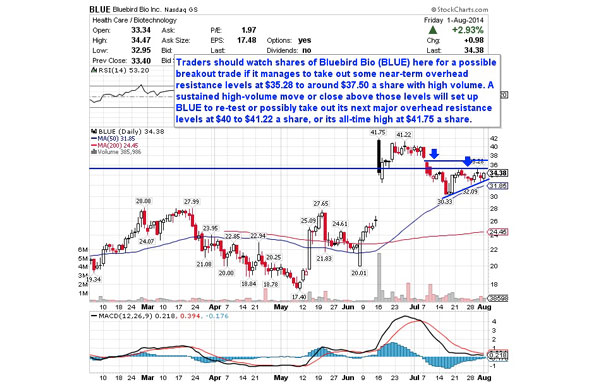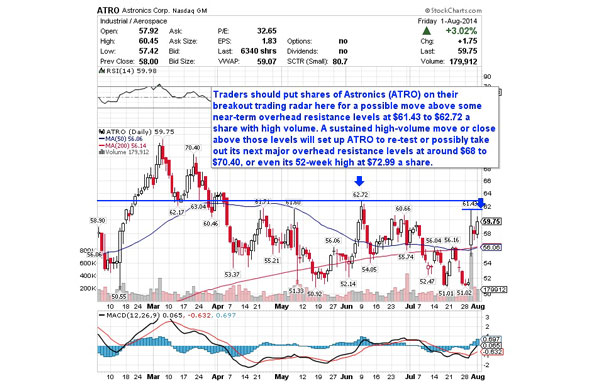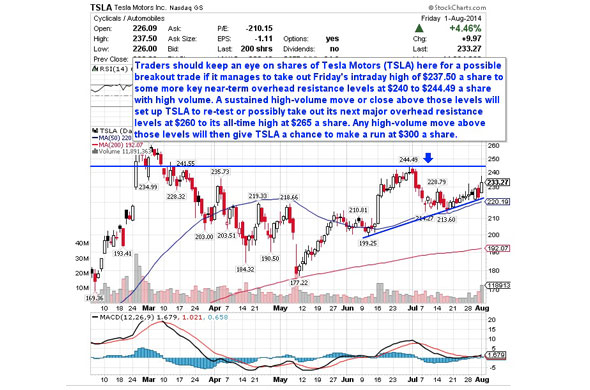Source: Xbox.com.
Microsoft (NASDAQ: MSFT ) and Sony (NYSE: SNE ) are locked in a heated competition to control the console gaming space and influence the progression of the industry at large. So far, Sony's PlayStation 4 has built a commanding lead over the Xbox One, with global sales surpassing 10 million units and approximately doubling the installed base of Microsoft's new system. The sales gap between the two consoles suggests Sony enjoys a significant advantage as the gaming industry undergoes a transformational period.
Unlike previous cycles, in which hardware, game lineups, and online services provided the most meaningful points of differentiation between platforms, mobile device connectivity and streaming features look to play a significant role in enticing consumers and shaping the futures of the PlayStation and Xbox brands. Do recent updates and upcoming additions to Xbox One's streaming and mobile connectivity capabilities better position the device to compete against PlayStation 4? Why is an increased mobile presence for their respective gaming brands an important undertaking for both platform holders?
Microsoft expands SmartGlass functionality
When Microsoft first unveiled the Xbox One, it positioned its new console as the ultimate multimedia device. Amid criticism, this messaging was later amended to give greater weight to the gaming part of the value proposition equation, however the push for Microsoft's box still retained a greater multimedia focus than that of its chief competitor. As such, the fact that it lagged behind Sony's second-screen and streaming offerings in key areas was somewhat confusing.
With Microsoft's recently released August Xbox One update, users of the SmartGlass app now have the ability to purchase games and other online media products on their mobile device and initiate downloads onto their console, something the PlayStation App has allowed PlayStation 4 users to do since the system's release. Sony is still far ahead of Microsoft in terms of "Remote Play" offerings, thanks to its gaming-centric PS Vita handheld, however, the portable console's negligible market presence means the company will focus its game streaming efforts in other areas.
Will expanded mobile and TV features help Xbox One catch PS4?
The upcoming Digital TV Tuner for Xbox One will bring significantly expanded mobile device connectivity features through the use of the SmartGlass app. With the tuner, users will be able to stream display feed from a television to a mobile device. The setup will also allow for separate feeds across devices, allowing for a game to be displayed on the primary screen while content such as television programs or movies can be streamed through iOS, Android, and Windows mobile devices.
The TV Tuner is slated for an October release in the U.K., France, Germany, Spain, and Italy. Given the extent to which Sony's PlayStation 4 is outselling Xbox One in these territories, a successful launch for the tuner could prove instrumental in improving perceptions about the value proposition of Microsoft's console. The release of the device will push mobile connectivity features on the company's gaming platform above what Sony currently offers, but the tuner may need to be bundled with the console if it's to have a mass-market impact. When, and whether, the Xbox One Digital TV tuner comes stateside will depend on negotiations with cable companies, as licensing rights for television signals are different in America.
Sony pushes game streaming and sharing
October will see the release of Sony's PlayStation TV, a rebranding of the PS Vita TV that launched in Japan last year. The device will allow users to stream content from PlayStation 3 and PlayStation 4 to the television to which it is connected, effectively allowing one console to send a feed to additional displays throughout the home. The PlayStation TV will also connect to Sony's PlayStation Now game streaming service. With the PS Vita looking increasingly irrelevant in Western markets and Sony shuttering its PS Mobile app in favor of focusing on PlayStation Now, the importance of PlayStation TV in pushing the new distribution platform has grown.
Sony is also doing big things with streaming between PlayStation 4 users, allowing a single copy of a game to be shared with other systems over the Internet. A similar feature was part of the original Xbox One product vision, but scrapped once changes to the console's online connectivity requirements were made.
Microsoft has not announced plans for its own game streaming service, but previous tech demonstrations and a growing concentration on cloud computing suggests that one will eventually materialize. Comments from Head of Xbox Phil Spencer also indicate that some type of game-sharing may return to the platform.
Success in the current console cycle is a stepping stone for future models
The rise of mobile devices, set-top boxes, and smart TVs as gaming platforms has led to speculation that the current batch of console hardware may be the last. While it's not unreasonable to think that another round of gaming hardware will follow the current one, both Sony and Microsoft have shown interest in moving away from hardware-based models and toward service oriented structures. Sony's President of Worldwide Studios has confirmed that this is the direction the company sees PlayStation eventually going, while Microsoft CEO Satya Nadella has stated that the Xbox brand will be an important asset in its cloud-first, mobile-first strategy.
Final Foolish takeaway
With gaming standing as the biggest entertainment industry and ongoing growth projected to mostly come from the mobile sector, bridging the PlayStation and Xbox brands outside of the traditional hardware structure is a natural move as Sony and Microsoft increasingly look to service-based models. As such, streaming and mobile features on PlayStation 4 and Xbox One look to be important assets for introducing and strengthening these brands in mobile ecosystems. Whichever company does a better job of pushing streaming technologies and integrating mobile platforms should be better positioned for moving to a service-based model when releasing dedicated gaming platforms becomes unsustainable.
Leaked: Apple's next smart device (warning, it may shock you)
Apple recently recruited a secret-development "dream team" to guarantee its newest smart device was kept hidden from the public for as long as possible. But the secret is out, and some early viewers are claiming its everyday impact could trump the iPod, iPhone, and the iPad. In fact, ABI Research predicts 485 million of this type of device will be sold per year. But one small company makes Apple's gadget possible. And its stock price has nearly unlimited room to run for early, in-the-know investors. To be one of them, and see Apple's newest smart gizmo, just click here!
